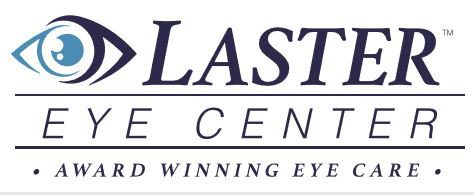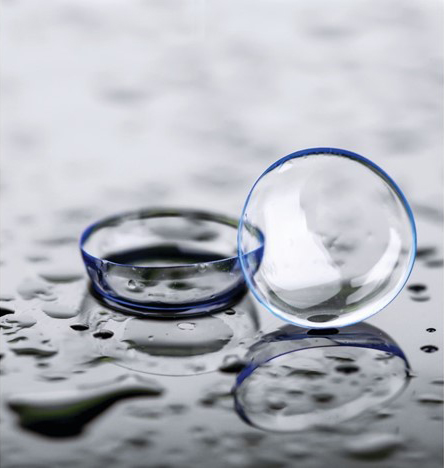Specialty Contact Lenses
Dr. Shane Laster and Dr. Seth Laster are proud to be contact lens specialists in the River Valley. Many patients with rare forms of astigmatism require specialty contact lenses. We are able to measure the cornea and provide options for a more comfortable contact lens fit.
If you have keratoconus or another irregular cornea condition, traditional contact lenses can sometimes be problematic. Gas permeable lenses provide excellent visual acuity and may fit comfortably, or they may not, or just not as much as you would like!
“It’s great to see the effect scleral lenses can make,” said Dr. Shane Laster. “When patients first come into the office, they may have extremely irritated eyes, and have to constantly use eye drops. But once we put in the scleral lenses, they feel instant relief.”
Who Could Potentially Benefit From Scleral Lenses?
Patients with irregular corneas, patients with conditions that affect the tear film, and patients with refractive error (nearsightedness, farsightedness, or astigmatism) who are unable to wear other forms of correction could benefit from scleral lenses.
Conditions such as keratoconus and pellucid marginal corneal degeneration cause irregularity in the surface of the eye. Surgery (keratoplasty, refractive surgery) can also lead to corneal irregularity. If the cornea is not smooth, vision will not be easily correctable with spectacles or most soft contact lenses. Scleral lenses mask this irregularity and allow for clearer vision by providing a smooth front surface through which light can enter the eye.
“Extreme dry eyes can be treated with new, bigger contact lenses”
People suffering from extreme cases of dry eyes can now be prescribed new, innovative wide-diameter contact lenses by an optometrist.
Conventional rigid contact lenses are roughly 9 millimeters in diameter and lie on the cornea – the colored part – of the eye. But the special dome-shaped “scleral” contact lens is 15 to 22 millimeters and rests on the sclera – the white part of the eye. A pool of saline solution lies underneath the large contact, continuously bathing the dry eye.
While these kinds of contacts have been available for decades, major technological improvements have helped them to make a resurgence to treat dry eyes. The newer models – which are made of hard plastic – are gas permissible, allowing oxygen to fill the lens to provide oxygen to the eye surface.

